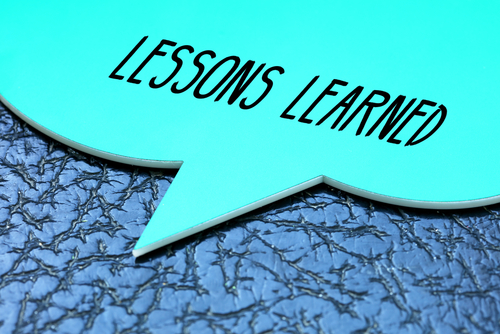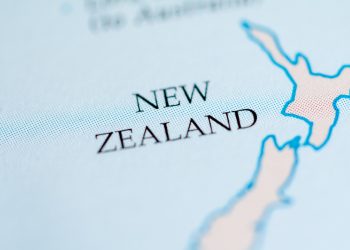In its latest publication of “Good Catch”, the American Club provides lessons learned from an incident where two mariners died as they were washed overboard.
The incident
Two mariners died when they were washed overboard. Search and rescue efforts were unsuccessful. At the time of the incident, the wind was at Force 10 and both the air and sea temperatures were 41oF (5oC). Waves were reported as 26 feet (8m). The rough weather had been predicted.
Waves had loosened several stowed mooring lines on the poop deck at the stern of the vessel and some were dangling over the side. Concerned about the risk of one or more of the mooring lines falling overboard and becoming entangled in the propeller, the Master sent the Chief Officer and the Bosun to assess the situation from the first deck (a level higher than the poop deck). The Master had instructed them to conduct a risk assessment before taking any action.
On this vessel, the mooring lines were secured on the poop deck because no enclosed storage was available. Numerous mooring lines were found displaced and tangled making efforts to lift them up to the first deck unsuccessful.
The Chief Officer then went down to the poop deck to assist from there. After some limited success, the Chief Officer asked the Bosun to get additional assistance in the form of 2 ABs and a deck trainee. Together they were able to secure two of the mooring lines to the railing on the starboard side.
Additional crewmembers arrived to assist and at one point all of them were working from the deck above except for the Chief Officer and the deck trainee who had remained on the poop deck finishing securing the mooring lines. Just as they finished, two large waves in quick succession washed over the poop deck taking the Chief Officer and the deck trainee overboard.
The investigation identified some inconsistencies about the incident, but it was apparent that both the Chief Officer and deck trainee had ropes tied around their waists as simulated in the picture. It was unclear whether the other ends of the ropes tied around their respective waists were secured properly to the ship or whether the two mariners were tied to each other at that point.
Findings
According to American Club, the two mariners were washed overboard and drowned or succumbed to hypothermia and their bodies were never recovered.
Lessons learned
- Had the ropes that were tied around their waists been secured to the ship when they were washed overboard, they both still could have sustained serious internal injuries from the rope itself around their waist. They also could have been seriously injured if they had been washed into the structure, the railings, or deck equipment.
- Heavy weather and deck gear. Prior to the approach of the predicted bad weather, if the crew had ensured that all loose gear was properly stowed and secured, the incident would likely have been prevented. Once the weather turned bad, it became substantially riskier to try to secure the loose mooring lines.
- Risk assessment. There is always enough time, as best possible, to identify, assess and ensure all proper precautions are taken for the job.
- The tasks. If the involved crew, led by the Chief Mate, had taken just a couple of minutes to identify the risks associated with securing the loose mooring lines, they would have identified additional safety gear, safety measures and/or a different approach that would have kept those mariners alive. In this case, the likelihood of a wave or waves washing over the poop deck was a real risk that should have been identified and should have been properly assessed. Tying ropes around their waists was a poor practice. Not ensuring that the other end of the rope was always secured was an even worse practice.
- Safety gear. Appropriate safety gear is there to be used. In this instance, harnesses should have been worn by each mariner on the poop deck and adequately secured on the first deck (the manned deck above) where they could have been tended properly until the Chief Officer and deck trainee were safely and completely out of harm’s way.
- Lifejackets and exposure suits should have been used to keep the mariners afloat and buy them time until the ship could turn and attempt a rescue should they be washed overboard. Since the water temperatures were dangerously cold and the sea conditions so rough, the benefit of additional lifesaving protection should have been judged as outweighing the inconvenience of the bulk of that additional safety gear.
If you find yourself in a similar situation, take the time to identify and assess the risks. Make the effort to get and use appropriate safety gear and equipment that addresses those risks you identified. The life you save may be your own.
…the club concluded.






























































